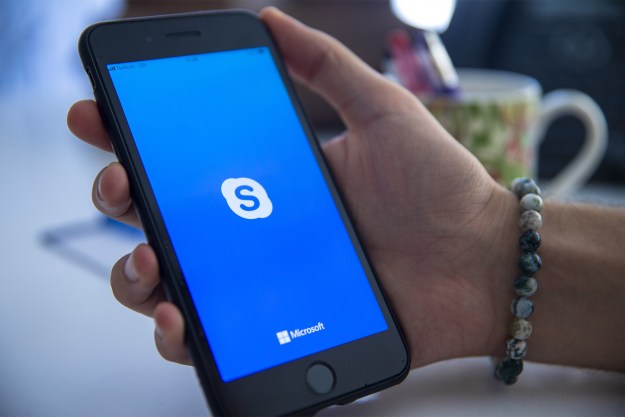
That means that if you fancy it, you can head over to Apple’s Open Source webpage and download the entire thing, or individual components, and see how it all works. Pick it apart, put it back together again — do what you like with it. It’s all Open Source and freely available.
This comes at a time when Apple is rebranding its approach to Open Source software. It recently had a message online that claimed it was the first “major computer company,” to make Open Source software part of its development plan. When this riled up open platform proponents, however, the firm changed its message to one that was more general.
As others have mentioned too, while Apple is certainly a proponent of Open Source, the company doesn’t necessarily release them in a manner that many others would like it to.
The Darwin code base is something that Apple has released freely to the public for over a decade and a half at this point, and it has followed the same release schedule with this update as it has before: releasing shortly after the new version of OS X was made available to consumers.
10.11.2 was released on the Mac App Store earlier today, having run through in-house and developer testing since the end of October. Betas and pre-release versions have shown improvements in a number of different applications and various aspects of the operating system. As 9to5Mac says, the way it handles email, Wi-Fi, photos, networking and other aspects of the OS have all been improved.



